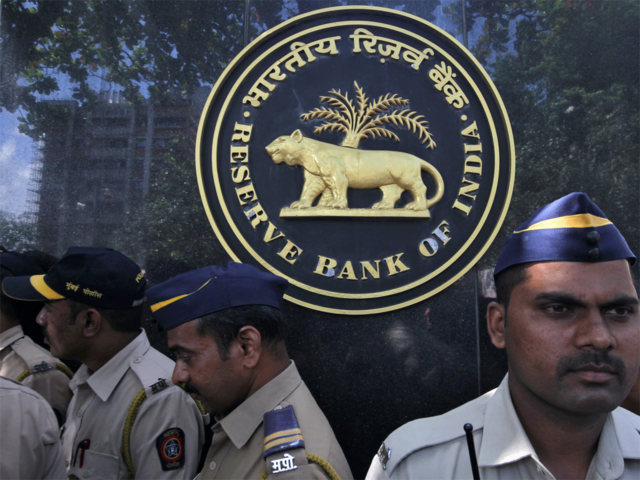Deficit monetisation: Is it really as simple as RBI printing more money?
India has a comfortable foreign exchange reserves of $487 billion currently.
by ET CONTRIBUTORS
By Deepthi Mary Mathew
The Indian economy is passing through an unprecedented phase, and so is the fiscal health of the country. It is pretty clear that the government will not be able to achieve its FY21 fiscal deficit target of 3.5 per cent of GDP. The exchequer is facing a revenue crunch due to falling tax revenue, and difficulty in realising the disinvestment target in an uncertain market.
Adding to it, the RBI has projected a negative GDP growth rate for the Indian economy in FY21. The Government of India has even raised its gross market borrowing for FY21 from Rs 7.8 lakh crore to Rs 12 lakh crore, an increase of 54 per cent. In this background, it won’t come as a surprise if the fiscal deficit as a percentage GDP crosses the double-digit mark.
The government stimulus package of Rs 20 lakh crore seems to be inadequate to revive the economy, as a large part of it accounts for liquidity-boosting measures by RBI. It is clear that the weak fiscal position forced the government to restrict the stimulus. It is in this scenario, that the need for monetisation of deficit has been widely debated.
In layman’s language, monetisation of deficit means printing more money. In other words, monetisation of deficit happens when RBI buys government securities directly from the primary market to fund government’s expenses.
Monetisation of deficit was in practice in India till 1997, whereby the central bank automatically monetised government deficit through the issuance of ad-hoc treasury bills. Two agreements were signed between the government and RBI in 1994 and 1997 to completely phase out funding through ad-hoc treasury bills. And later on, with the enactment of FRBM Act, 2003, RBI was completely barred from subscribing to the primary issuances of the government from April 1,2006.
Deficit monetisation also comes at a cost. An important consequence of this is that it triggers a spike in inflation rate. In the Indian scenario, it won’t immediately translate into a higher inflation rate due to the demand slowdown the economy is experiencing. However, when the economy enters the recovery path, increased money supply could proportionately lead to a higher inflation rate.
For March, the inflation rate as measured by CPI stood at 5.84 per cent, with the core inflation rate at 4.1 per cent. Currently, fluctuating food prices have been a major contributor to the inflation rate, and when the core inflation climbs up, the overall inflation rate would settle at a higher range. And, it might become a challenge for RBI to follow an inflation targeting regime with a target of 4 per cent, +/- 2 per cent.
Similarly, unlike the US dollar, Indian rupee is not considered a safe haven. Even when the US Federal Reserve prints more currency, there is still global demand for the US dollar. However, the same will not be the case for the rupee. Thus, when there is excess supply of the currency, it could lead to a fall in rupee value, leading to an outflow of foreign investment. In the current scenario, a rupee depreciation would not be beneficial for the exports sector either. The global economy is facing a demand slump, and the IMF has projected a negative GDP growth rate for the global economy in CY20. Thus, a fall in rupee value would be costlier for the economy.
Under such circumstances, the central bank would be forced to intervene in the forex market to stabilise the falling rupee by selling dollars. India has a comfortable foreign exchange reserves of $487 billion currently. However, it doesn’t mean the Central Bank can indefinitely intervene in the forex market to stabilise the rupee.
Though RBI participates in indirect monetisation of deficit through its open market operations (OMOs), the consequences of direct monetisation is much larger. It could weaken the macro fundamentals of the country, risking a downgrade by the credit rating agencies, which can in turn bring about more cost to the economy. Which is why deficit monetisation could be a risky affair for the economy to handle in the current scenario.

(Deepthi Mary Mathew is an Economist with Geojit Financial Services. Views are her own)